And How Do Credit Card Cash Advances Work?
Even when you prepare for the worst, a personal financial crisis can still catch you off guard. In times like that, when you need money fast, traditional means for borrowing money may not be viable. That’s when a cash advance can help.
A cash advance loan by its very nature lets you get the money you need quick. But be wary. A cash advance over time can be very costly.
That’s why you need to be responsible with the money you borrow. If you take care and pay off the cash advance quickly, then cash advances can be an affordable and available tool for when you need emergency cash.
What we’ll cover:
- What are cash advances?
- What kinds of cash advances are there?
- How do cash advances work with credit cards?
- Are cash advances bad for your credit?
- Who does cash advances?
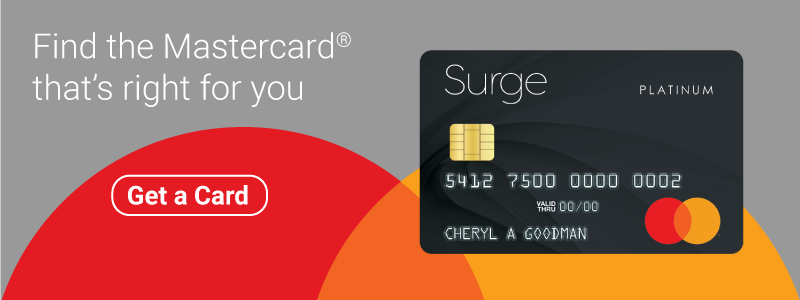
REMEMBER: If you are trying to build your credit and improve your credit score, the key to using credit cards responsibly is to make sure you pay them off within the 30-day interest-free grace period. That way, you’re showing the credit bureaus you consistently pay off or pay down your debt, making you look like a safe bet for better and better credit options.
But if you think the same thing applies to credit card cash advances, think again.
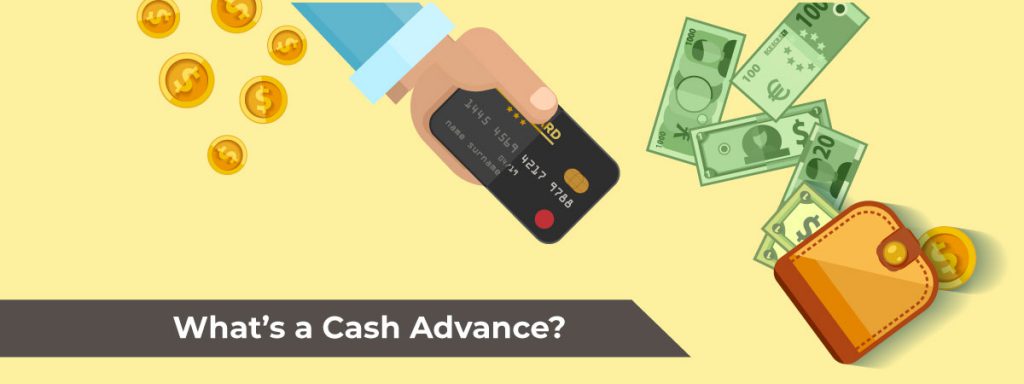
What’s a Cash Advance?
A cash advance is an amount of cash provided as a short-term loan. This cash is often intended to cover an unexpected expense or emergency. Unlike a cash withdrawal from your bank account, a cash advance has to be paid back — just like anything else you put on your credit card. Think of a cash advance as using your credit card to “purchase” cash in a way similar to how you use your credit card to buy goods or services.
A cash advance is convenient; but it’s also quite expensive.
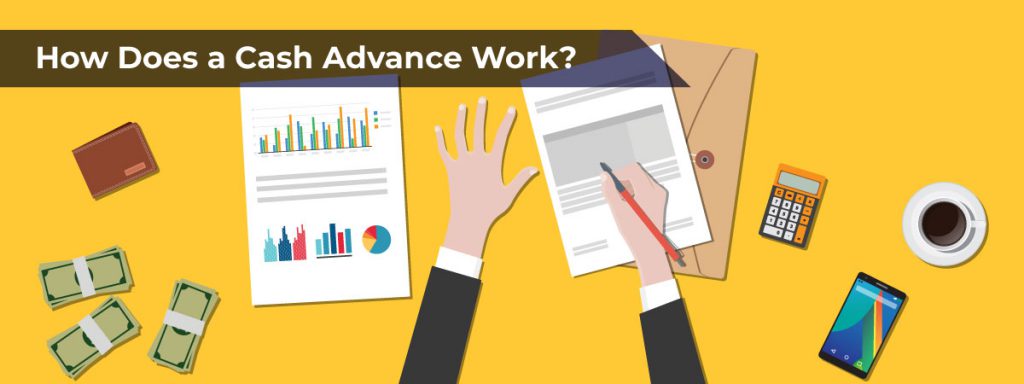
How does a Cash Advance Work?
There are three main types of cash advances:
- credit card cash advances
- payday loans or payday advance
- personal loans or personal installment loans
Each one of these options can deliver cash in a hurry, but they all work slightly different from each other. Since our primary topic is building good credit, for this article we’re going to focus on credit card cash advances. So how does a credit card cash advance work?
Getting a cash advance with your credit card servicer is extremely easy. If your credit card has a PIN, you can get cash advances directly from an ATM, much like using a debit card.
Also, you can take your card to a bank that offers advances through your card’s payment network, such as Mastercard or Visa.
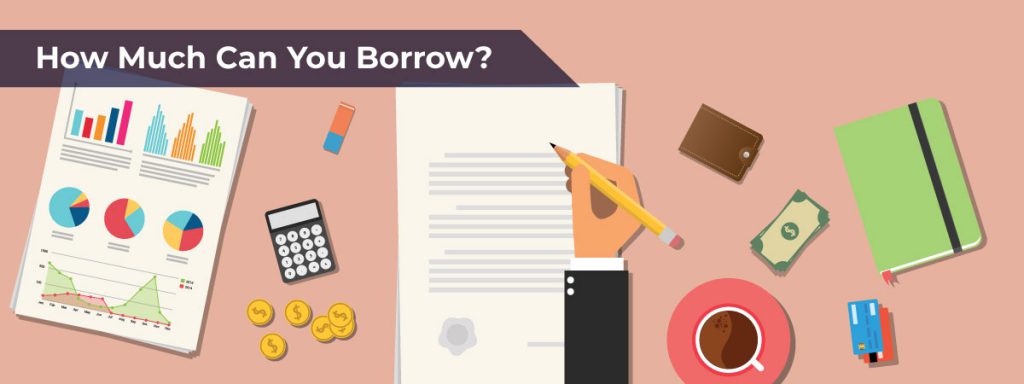
How much can you borrow—and what will a cash advance cost?
A credit card cash advance means you can take cash from your credit card.
You can withdraw cash up to your cash advance limit. To find what that limit is, check a recent copy of your credit card statement or log in to your online account to check your cash advance limit and the amount of credit you have available for a cash advance.
Keep in mind that your cash advance limit on your credit account is often lower than the credit limit you’re given for purchases.
While getting a cash advance is easy, it is one of the costliest ways to get your hands on some cash. This is because cash advances can come with a variety of expenses:
- Cash advance Charge. These cash advance fees are typically 5 percent of the advance, with a minimum of $5 to $10.
- ATM or Bank fees. These transaction fees are imposed by the financial institution that handles the transaction — the owner of the ATM or the bank where you get your advance.
- Higher Interest. The average cash advance Annual Percentage Rate (APR) is near 25 percent. This high interest APR is well above the rate for purchases and even balance transfers.
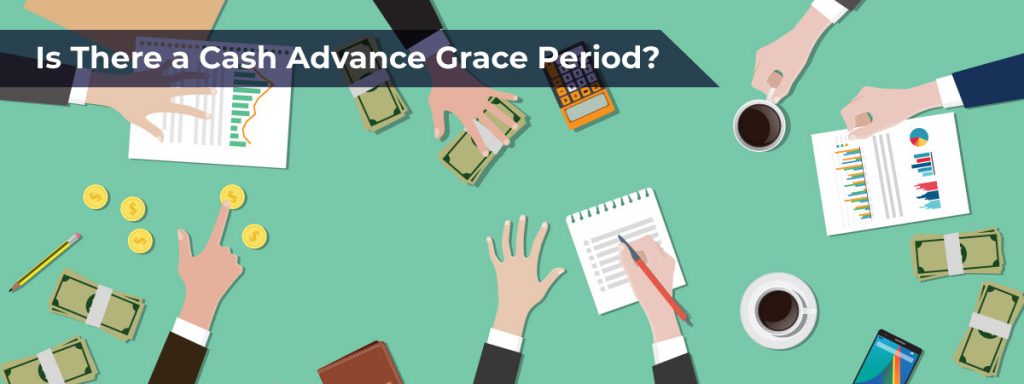
Is there a cash advance grace period?
This is very important to remember. Unlike credit card purchases, there is no grace period on cash advances, so daily interest charges begin piling up immediately. And that’s one of the main reasons why cash advances can be so expensive.
If you buy a good or service with the credit line from your credit card, the company will charge you the purchase interest rate stated in your contract, usually listed as the purchase APR. For these purchases credit cards offer a grace period so you won’t start accruing interest on that purchase until your payment is due. That means that as long as your card has a grace period and you pay your balance in full and on time each month, you may never pay interest on your purchases.
Cash advances work a little differently though — grace periods don’t apply. You’ll start accruing interest on the advanced amount as soon as you take the money out, and your credit card company will often charge you a higher interest rate for cash advances than it does for normal purchases, plus a processing fee.
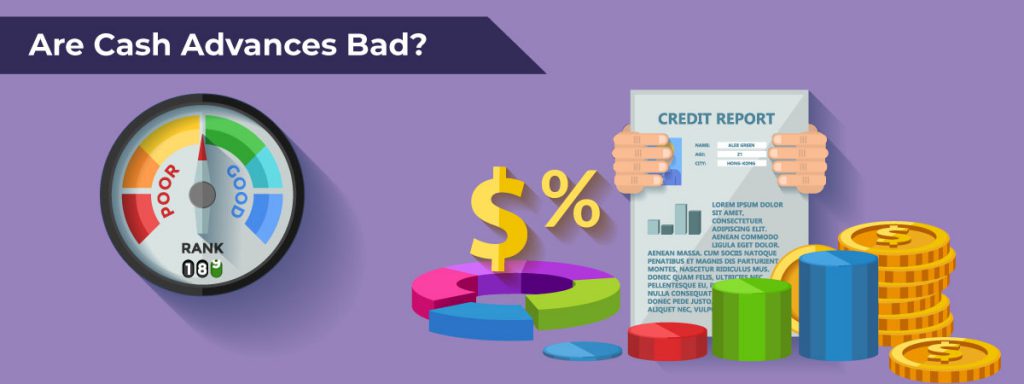
Are cash advances bad?
There is a lot of negativity built up around cash advances. Much of this reputation is earned.
On the surface, no, cash advances are not bad.
But they are a step toward accruing bad debt and because of their fees and how they work, many people can make mistakes managing the debt they obtain from a cash advance. That ends up getting them deeper into financial trouble than before.
Studies indicate that people who take out cash advances are more likely to default on their credit card debt than people who do not because of how difficult the added expenses of a cash advance are to manage responsibly. That’s part of the reason that interest rates on cash advances are higher.
It is also a strong indicator that you’re at risk of falling behind on your credit card payments if you have to take out a cash advance.
If you are considering a cash advance, you need to weigh your options very carefully and make sure you are capable of managing the debt and all of the added fees and higher interest rates that come with the cash advance.
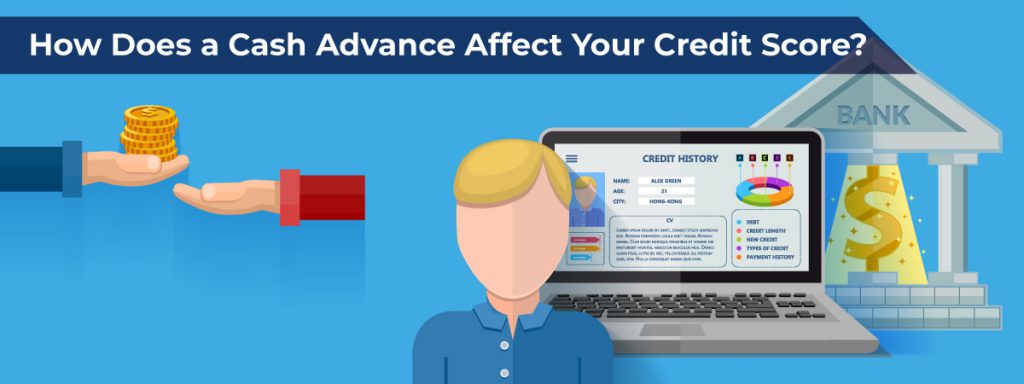
How does a Cash Advance Affect Your Credit Score?
A cash advance from a credit card doesn’t show up as a separate item on your credit report, but it can hurt your credit score in two major and significant ways:
First, a cash advance can hurt your credit score if it pushes your credit utilization ratio above 30%. Credit utilization ratio is the amount of debt you currently owe on your revolving credit accounts (such as credit cards) divided by the total amount of revolving credit you have available. To stay in good standing with lenders, you need to keep your credit utilization ratio under 30%.
Second, While simply taking out a cash advance and paying it back promptly will not affect credit, neglecting to pay back the loan will. Cash advance payments are meant to bridge the gap between bill due dates and your next paycheck. Cash advances are expected to be paid back immediately upon receipt of your wages. When cash advances are used improperly for long-term cash deficits or for large bills that cannot be immediately paid back, the cash advance will affect your credit score negatively.

People Also Read
- How to Close Out a Credit Card
- How to Avoid Credit Card Debt
- How to Stop Impulse Spending with Your Credit Card
- Credit Cards vs. Charge Cards: What’s the difference?
Continental Finance is one of America’s leading marketers and servicers of credit cards for people with less-than-perfect credit. Learn more by visiting ContinentalFinance.net



